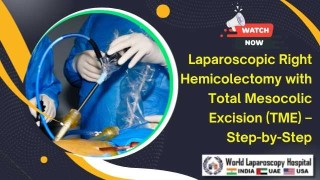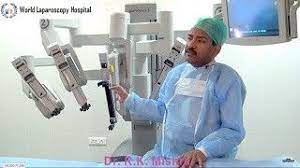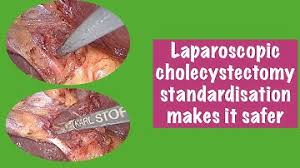Diagnostic Hysteroscopy, Tubal Patency Test and Paraovarian Cystectomy
Add to
Share
1,444 views
Report
2 years ago
Description
This video demonstrates Diagnostic Hysteroscopy, Tubal Patency Test, and Paraovarian Cystectomy performed at World Laparoscopy Hospital. Para ovarian cysts are remnants of the Wolffian duct in the mesosalpinx that do not arise from the ovary. They account for ~10-20% of adnexal masses. They typically occur in women between the ages of 20-40 years old. Most of the para ovarian cysts are asymptomatic, although patients with large lesions can present with pelvic pain. Laparoscopically A para ovarian cyst is easier to recognize if the ipsilateral ovary is demonstrated to be separate from it. Para ovarian cysts occasionally can be complicated by rupture, torsion, or hemorrhage. Large or symptomatic cysts often undergo surgical resection. Smaller asymptomatic ones are treated conservatively. Given a small chance of representing neoplasm, para-ovarian cystic lesions may be recommended for follow-up imaging. Societal guidelines differ in this regard. Using the hysteroscopic technique to determine if air bubbles traverse the Ostia can provide valuable additional information during hysteroscopy and is more accurate in predicting fallopian tubal occlusion than the flow method. The positive hysteroscopic flow was defined as “the observation of either a swirl of the saline toward the ostia or saline directly traversing the ostia”. Using this criterion, the absence of flow would be suggestive for any kind of tubal occlusion, either proximal or distal, whereas the presence of flow would indicate patency. For more information Contact us World Laparoscopy Hospital Cyber City, Gurugram, NCR Delhi INDIA : +919811416838 World Laparoscopy Training Institute Bld.No: 27, DHCC, Dubai UAE : +971525857874 World Laparoscopy Training Institute 8320 Inv Dr, Tallahassee, Florida USA : +1 321 250 7653
Similar Videos






